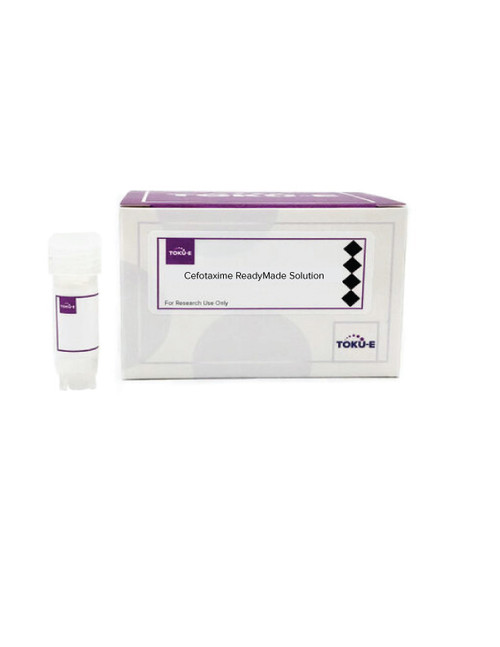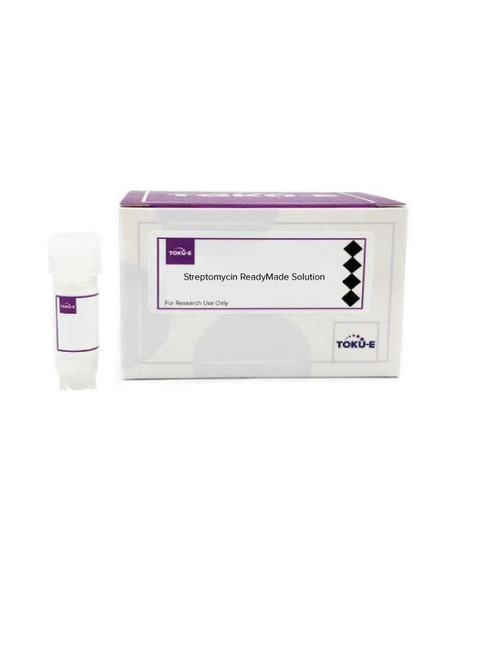Nystatin ReadyMadeTM solution is provided as a sterile-filtered solution of Nystatin formulated in water at a concentration of 20,000-40,000 units/ml. It has been filter-sterilized using a 0.22 μm filter.
Nystatin is a complex containing 3 biologically active components: A1, A2 and A3. It is a polyene antifungal and growth promoter that has fungistatis and fungicidal properties. It was discovered in 1950 by Rachel Fuller Brown and Elizabeth Lee Hazen and was the first polyene macrolide antifungal, named after New York State. Commercially,it was produced at industrial scale by Squibb & Sons in 1954. It functions by accumulating cholesterol and thereby sequesters lipid from cell membranes. Interestingly, it can be used in quantum dot research, since cholesterol depletion could block several lipid raft-dependent endocytic pathways.
We also offer:
This product ships on dry ice and is subject to additional shipping fees.








